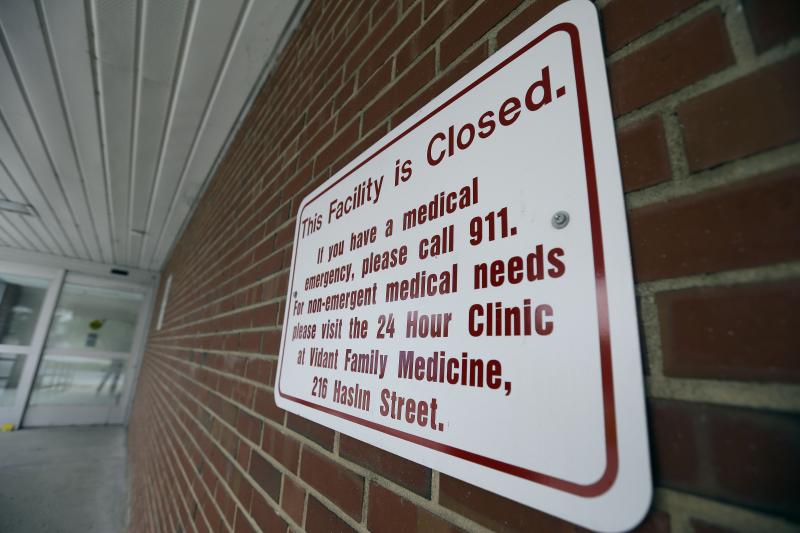A new analysis from Morgan Stanley confirms what many in the healthcare industry already know: Hospitals are hurting.
Bloomberg reports that the Morgan Stanley examination of data from approximately 6,000 U.S. hospitals — both private and public — finds that 8 percent face a pressing risk of permanent closure and 10 percent are termed “weak.”
The American Hospital Association estimates 30 hospitals shut down per year in the U.S. The Morgan Stanley analysis shows that number is likely to grow.
A variety of market trends are cited as contributing to the woes for hospitals, including the shift of many procedures to outpatient facilities such as ambulatory surgery centers. The analysis speculates the trend will only accelerate as alternative routes of care are developed by the CVS-Aetna merger and the upstart Amazon venture.
“While potential disruption from the new Amazon venture has been grabbing headlines, we think closures will enter the narrative on hospitals during the next 12-18 months,” the report predicts, according to Business Insider.

In this Thursday, April 30, 2015 photo, a sign hangs at the emergency entrance at the now-closed hospital in Belhaven, N.C. Belhaven’s rural hospital is one of a growing number of rural hospitals closing across the country. (AP Photo/Gerry Broome)
Morgan Stanley analysts also note that hospital mergers haven’t shored up budgetary concerns as hoped. A new working paper for the National Bureau of Economic Research backs that conclusion up, finding that hospital mergers yielded only 1.5 percent annual savings in supply chain efficiencies.
Rural hospitals are thought to be at the greatest risk. Those facilities share the same problems as their urban counterparts, but also deal with lower volumes, a hampered ability to negotiable favorable reimbursement rates with managed care companies, and payroll inflation as they struggle to keep physicians on staff.
Hospitals that innovate might have a better chance of survival, according to Morgan Stanley. The analysis cites facilities that have shifted their fortunes by embracing models such as outpatient emergency clinics or microhospitals with fewer than a dozen beds.




